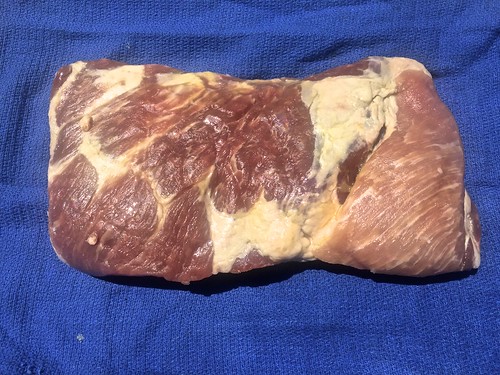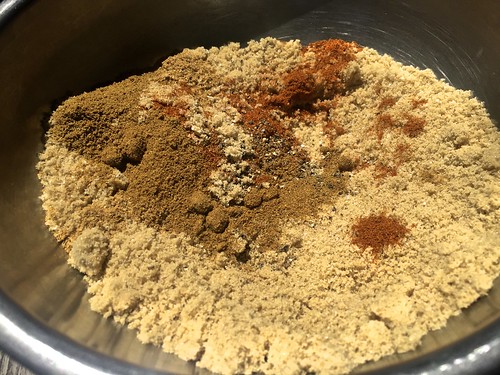These are my favorite Super Bowl recipes. I've posted them before. I'm posting them again. Enjoy the Game.
If you've watched teams do battle all year, not knowing which teams will make it to Sunday's Super Bowl, the match-up of the Kansas City Chiefs and the Philadelphia Eagles is either your bucket-list-dream matchup or a big disappointment.
For the Game, I'll make favorites that can stand the test of time. Pork ribs and Vietnamese-style chicken wings. Delicious hot or room-temperature, I can serve them at half-time and any that are left will be delicious at game's end.
Chicken wings are sold whole, the drumstick only or the two-bone part. If you prefer one part of the wing over another, buy only those. The whole chicken wing will be less expensive and the wing tips can be roasted and used to create stock.
I cut up the wings because the whole chicken wing is too difficult to eat.
When you can, find preservative-free kimchi. I have been enjoying Mommy Boss napa cabbage kimchi. Read the label carefully because there are different kinds of kimchi, I would recommend only using cabbage kimchi without dried shrimp.
Serves 4
Time to prepare: Marinate overnight, prep 20 minutes, bake 60 minutes
Ingredients
2 pounds chicken wings
1 cup kimchi, without preservatives
1/2-3/4 cup brown sugar, depending on taste
1 medium yellow onion, washed, pat dried, peeled, root and stem removed, thin sliced from root to stem
1/4 cup kimchi liquid
1 tablespoon olive oil
Directions
Thinly slice kimchi and mix together with onion slices, brown sugar, kimchi liquid and olive oil.
Add chicken wing parts to marinade. Mix well. Place in a covered bowl or sealed plastic bag. Refrigerate over night.
Preheat oven to 350F.
Prepare a roasting pan. Line the bottom with aluminum foil. Because the drippings are sticky (and delicious!) I place a Silpat sheet on top of the aluminum foil so I can easily retrieve the delicious bits of caramelized onions and kimchi. Place a wire on top of the aluminum foil and Silpat sheet.
Place the chicken wings on top of the wire rack, allowing space between each part to allow for even cooking. Reserve the liquid marinade with the onions and kimchi.
Place wings into preheated oven.
While the wings are roasting, place the reserved marinade into a small sauce pan and reduce the liquid by 1/2 over a low heat.
Remove wings from the oven after 30 minutes.
Turn wings over and baste with reduced marinade, placing onion and kimchi slices on each wing.
Return to oven.
After 30 minutes, remove and check for doneness. The onions and kimchi slices should be lightly browned and beginning to crisp. The wings should be tender. If not, return to oven and continue baking. Check every 10 minutes for doneness.
Serve hot as an appetizer or on top of steamed rice. The wings are delicious at room temperature, perfect for a picnic. However they are served, have a good supply of napkins available.
High heat versus slow cooking
Mix of kosher salt, black pepper, brown sugar, cumin, coriander and cayenne for dry rub slow roasted pork ribs.
Slow-Roasted, Dry-Rubbed Pork Ribs















 ed by the full heat of the sun.
ed by the full heat of the sun.





























